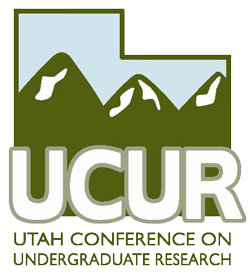Document Type
Poster
Journal/Book Title/Conference
Presented at Utah Council for Undergraduate Research, February 28, 2014
Publication Date
2-28-2014
Faculty Mentor
Dave Bowling
Abstract
Inversions have plagued the valleys in Utah resulting in built up pollution carpeting the cities and spreading into surrounding ecosystems. The ecological impact of these inversions is unknown. Inversion-based pollution events deposit nutrients and pollutants in the ecosystems. The purpose of this study is to determine if lichens, due to their unique physiology, preserve a record of inversion-based nitrogen deposition in order to assess the ecological impact of the inversions. In June and July of 2013 we collected 111 samples of lichens from sites exposed to the inversions, along Red Butte Creek and on an elevation gradient on Grandeur Peak in Salt Lake City. The collection focused on two species of lichens (Xanthomendoza montana and Xanthomendoza fallax) because they are easily identifiable and live in all the sampling sites. The samples were ground, run through a stable-isotope mass spectrometer and analyzed for the %N and δ15N. If lichens hold a record of inversion-based depositions there should be more nitrogen in lichens from the sampling sites closer to the pollution source (Salt Lake City). Once the data was complied, the resulting graphs showed no correlation between %N and distance from Salt Lake City between δ15N and the pollutant source. However, the isotopic variability within the samples was greater than expected and requires further research.
Recommended Citation
Palmer, Brianne, "Nitrogen content of lichens as an indicator of inversion-based deposition" (2014). Presented at Utah Council for Undergraduate Research, February 28, 2014. UCUR. Paper 8.
https://digitalcommons.usu.edu/ucur/8


